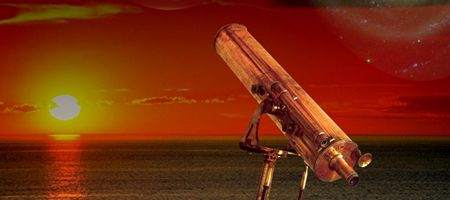The European Space Agency (ESA) has picked out dark energy, habitable planets and a detailed solar survey as candidates for two missions to be launched sometime after 2017.
The first possibility, Euclid, would examine the nature of dark energy and dark matter – now believed to make up the bulk of matter in the universe. The mission would map the distribution of galaxies to reveal the underlying ‘dark’ architecture of the universe.

PLAnetary Transits and Oscillations of stars (PLATO) would search for planets – including habitable ones – around other stars. It would also probe stellar interiors by detecting the gaseous waves rippling their surfaces.
Solar Orbiter would take the closest-ever look at our Sun, approaching to just 62 solar radii. It would deliver images and data that include views of the Sun’s polar regions and the solar far side when it is not visible from Earth.
The three missions are the finalists from 52 initial proposals made in 2007.
“It was a very difficult selection process. All the missions contained very strong science cases,” says Lennart Nordh, chair of ESA’s Science Programme Committee.
And one of the three still has to go – with budget a significant consideration. The final decision will be taken in the second half of next year.
Meanwhile, ESA is also considering whether to make a European contribution to the SPICA mission – an infrared space telescope led by the Japanese Space Agency JAXA.
It would provide infrared coverage in the missing region of the spectrum between that seen by the ESA-NASA Webb telescope and the ground-based ALMA telescope, and would focus on the conditions for planet formation and distant young galaxies.






